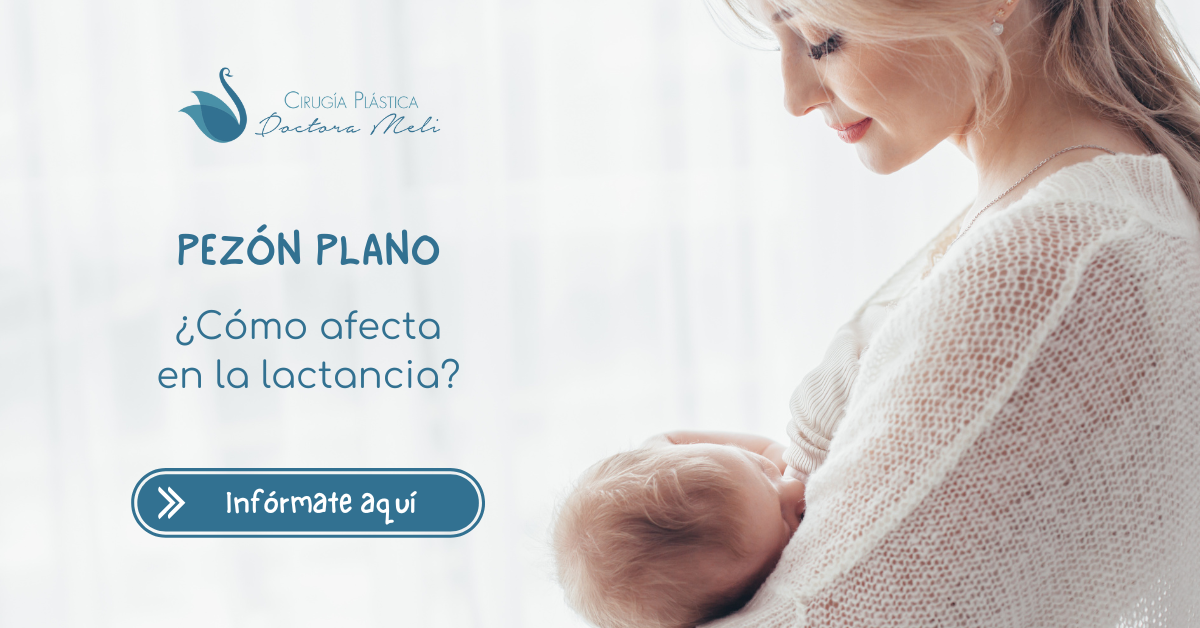What are we talking about when we talk about flat nipples?
Flat nipple is a condition in which nipples do not protrude beyond the areola, even when stimulated. Often these nipples remain flush with the surface of the skin or even pushed inward. This is a peculiarity that can present some challenges for breastfeeding, but it is important to understand that it is not an insurmountable anomaly and that there are different solutions to remedy this condition.
Is it normal to have a flat nipple? How many women are affected?
Having flat nipples is more common than you think and can affect a significant portion of the female population. Actually, About 10-20% of women have flat nipples to some extent.. It is essential to remember that this condition is simply an anatomical variation and does not necessarily indicate an underlying health problem. Many women with flat nipples do not experience difficulties in their daily lives, although it can represent an additional challenge, as we have said, in the breastfeeding process.
Do I have a flat nipple? Main features
To determine if you have flat nipples, there are a few key characteristics you should look for. Flat nipples do not protrude either at rest or when stimulated. Additionally, they may appear sunken or retracted toward the inside of the areola. By gently pressing around the nipple, they cannot protrude like non-flat nipples would. However, to better understand the specific characteristics, you first need to know what types of flat nipples exist.
Types of flat nipple
There are different types of flat nipples, each with their own characteristics and challenges. Flat nipples can be classified into three main categories: retracted flat nipples, pseudo-flat nipples and inverted flat nipples.
Retracted flat nipples
Retracted nipples they are inverted inwardswhich may be congenital or develop due to changes in breast tissue. This type of pacifier may be more difficult to breastfeed, as the baby may have difficulty latching properly. However, with proper techniques and support, it is possible to overcome these challenges.
Pseudoflat nipples
Pseudo-flat nipples appear flat to the naked eye, but They may protrude when stimulated or while breastfeeding.. This type may not present as many problems during breastfeeding as other types of flat nipples. Women with pseudo-flat nipples may find that breastfeeding is less of a problem and that with a little practice, they and their baby can adapt well.
Inverted flat nipples
On inverted flat nipples, the nipple is permanently inverted inward. This condition may require medical intervention if it causes significant problems, especially during breastfeeding. Women with flat and inverted nipples may need to use special pumping devices or techniques to help their babies breastfeed properly.
What can cause a flat nipple?
Flat nipple can be caused by several reasons. Genetic factors play an important role; If your loved ones have flat nipples, you’re more likely to have them too. Additionally, hormonal changes, especially during puberty or pregnancy, can influence the shape of your nipples. Scarring or fibrosis of breast tissueresulting from infections, inflammation or previous surgical procedures, can also cause flat nipples. In some cases, a flat nipple is simply a normal variation in anatomical development.
Problems with Flat Nipples When Breastfeeding
Breastfeeding can be a challenge for mothers with flat nipples due to the baby’s difficulty latching properly. This can lead to:
- Pain in the nipples
- Problems giving the baby enough milk
- Increased risk of mastitis
- And frustration for mother and baby
However, it is important to emphasize that having flat nipples does not necessarily prevent breastfeeding. With the right techniques and support, many women with flat nipples can breastfeed successfully. Consulting a lactation specialist can be of great help in learning how to manage this condition.
Care and advice for breastfeeding with flat nipples
To improve breastfeeding with flat nipples, there are several treatments and tips that can be of great help. Using nipple shields is a common option; These help the baby latch better. manual stimulationlike massaging the nipples before breastfeeding, can help them protrude. In addition, there is suction devices They can be used to stimulate the nipple before breastfeeding, making it easier for the baby to latch on. Working with a lactation consultant can be very beneficial in finding the best positions and techniques for breastfeeding with flat nipples.
Can flat nipples be corrected at home?
There are methods that can help improve the appearance of flat nipples at home, although not all cases react the same. Hoffman exercises, which involve gently stretching the base of the nipple with your fingers, can be helpful. Using nursing shells, which fit inside the bra and apply light, steady pressure to help push the nipple out, can also be effective. Additionally, manual suction pumps can be used to stimulate the nipple before breastfeeding. However, it is important to have realistic expectations and understand that these methods may not work for all women.
Solution for flat nipples thanks to cosmetic surgery
When domestic methods are not enough, Cosmetic surgery can be an effective option to correct flat nipples. Surgery can release fibrous bands that can pull the nipple inward, repositioning the nipple into a more prominent position and improving its appearance and functionality.. This surgical procedure not only makes breastfeeding easier, but can also improve the patient’s self-esteem and confidence. It is essential to consult with a specialist plastic surgeon to discuss options and determine the best approach for each individual case.
